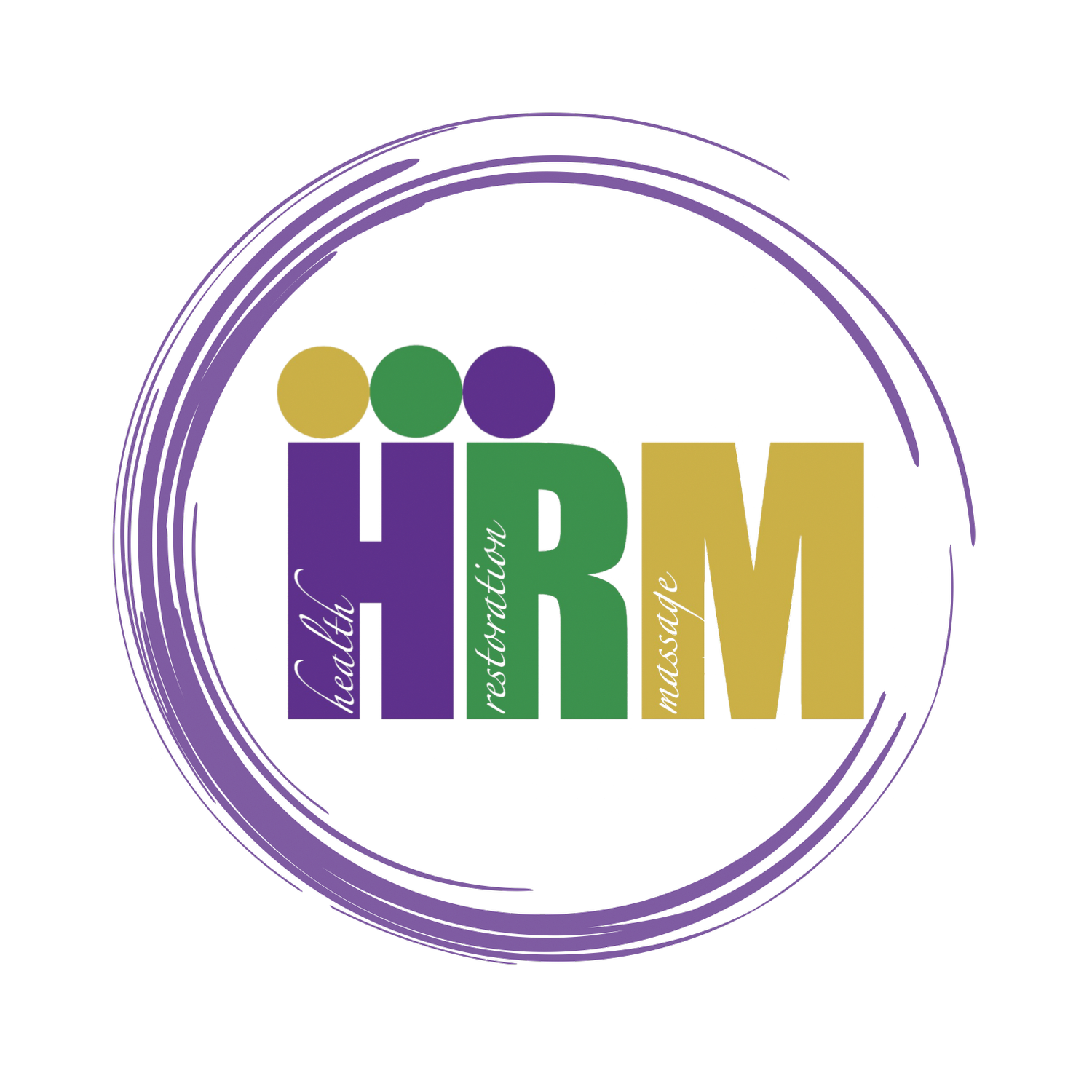The Healing Touch: Why Massage Therapy is a Preferred Alternative for Pain Management
Pain, whether acute or chronic, can significantly impact our quality of life, making daily activities a challenge and diminishing our overall well-being. While traditional approaches to pain management often involve medication or invasive procedures, there's a holistic alternative that has been gaining recognition for its effectiveness: massage therapy. With its myriad benefits and minimal side effects, massage offers a natural and soothing path to pain relief. In this article, we'll delve into why massage is a good alternative to pain management.
1. A Natural Approach to Healing
Massage therapy aligns with the body's natural healing mechanisms. Through skilled manipulation of muscles, tendons, and ligaments, a massage therapist can help improve circulation, reduce inflammation, and release tension. Unlike medications, which can sometimes lead to unwanted side effects or dependencies, massage harnesses the body's innate abilities to heal itself.
2. Targeted Pain Relief
One of the advantages of massage is its ability to offer targeted pain relief. Whether it's a sore neck from hours at the computer or aching muscles after an intense workout, massage therapists can focus on specific areas of discomfort. This personalized approach allows for a more effective and efficient alleviation of pain.
3. Reduction of Muscle Tension
Muscle tension is a common contributor to pain, and massage is known for its unparalleled ability to release this tension. Skilled massage therapists employ techniques like deep tissue massage, myofascial release, and trigger point therapy to ease muscle knots and tightness, promoting relaxation and facilitating pain reduction.
4. Release of Feel-Good Hormones
Massage doesn't just provide physical relief; it also contributes to emotional well-being. During a massage, the body releases endorphins, which are natural painkillers and mood enhancers. This dual benefit can help combat both the physical sensation of pain and the emotional toll it can take.
5. Improved Circulation
Good circulation is essential for the body's healing process. Massage therapy encourages blood flow to the affected areas, bringing oxygen and nutrients that aid in tissue repair. Enhanced circulation also helps remove waste products and toxins, accelerating the healing process.
6. Stress Reduction
Chronic pain often leads to increased stress and anxiety, which can further exacerbate discomfort. Massage therapy has been proven to reduce stress hormones like cortisol, promoting a sense of calm and relaxation. This, in turn, contributes to pain reduction and an improved overall state of mind.
7. Non-Invasive and Non-Pharmacological
For those seeking alternatives to pharmaceutical solutions, massage therapy offers a non-invasive and non-pharmacological option. It's a safe approach that doesn't involve medications or surgical procedures, reducing the risk of potential side effects or complications.
8. Long-Lasting Effects
While some pain relief methods offer short-lived results, the effects of massage therapy often extend beyond the session itself. Regular massage sessions can lead to cumulative benefits, as the body learns to maintain a more relaxed state and experiences improved muscle function over time.
In conclusion, massage therapy stands as a compelling alternative to traditional pain management approaches. Its natural, holistic nature, coupled with its ability to provide targeted relief, reduce muscle tension, and enhance emotional well-being, make it a valuable tool in the pursuit of a pain-free life. Whether you're dealing with chronic pain, recovering from an injury, or simply seeking relaxation, the healing touch of massage therapy can offer profound benefits that extend far beyond the treatment room.
